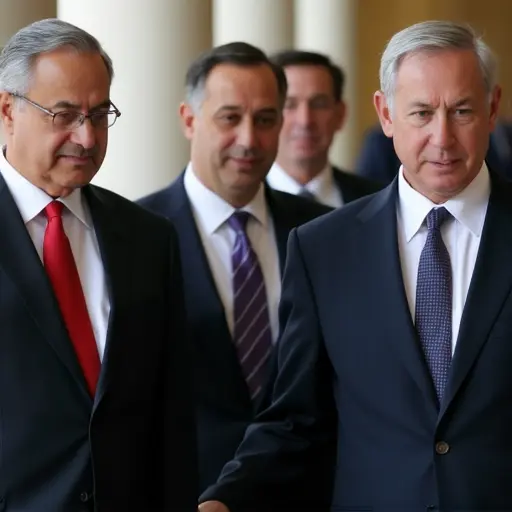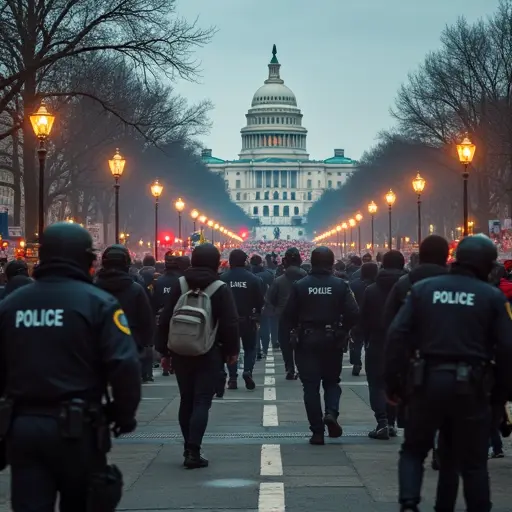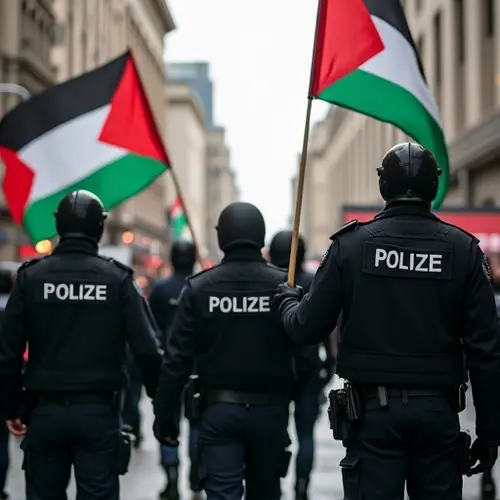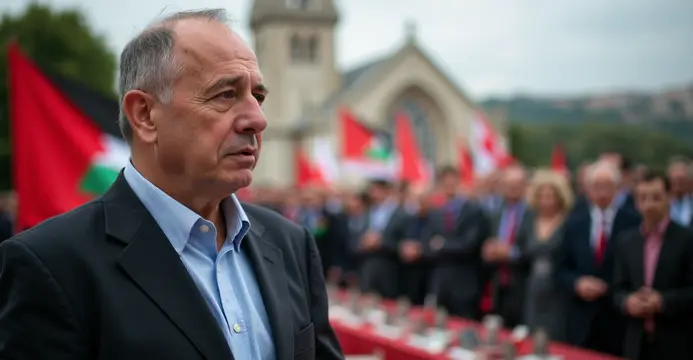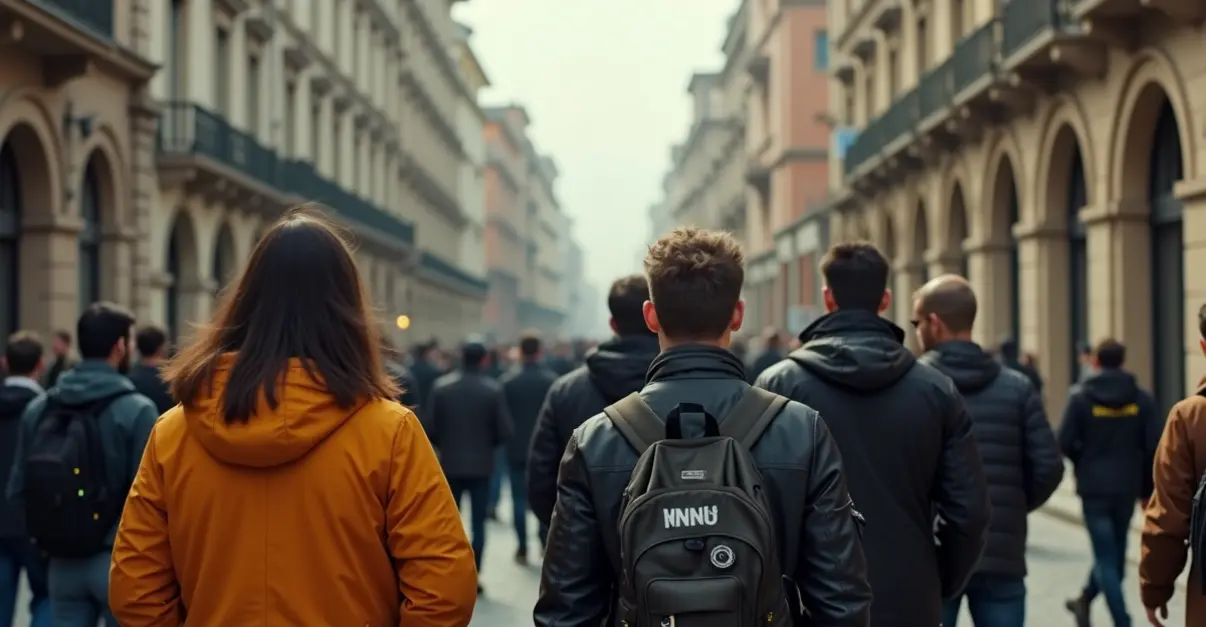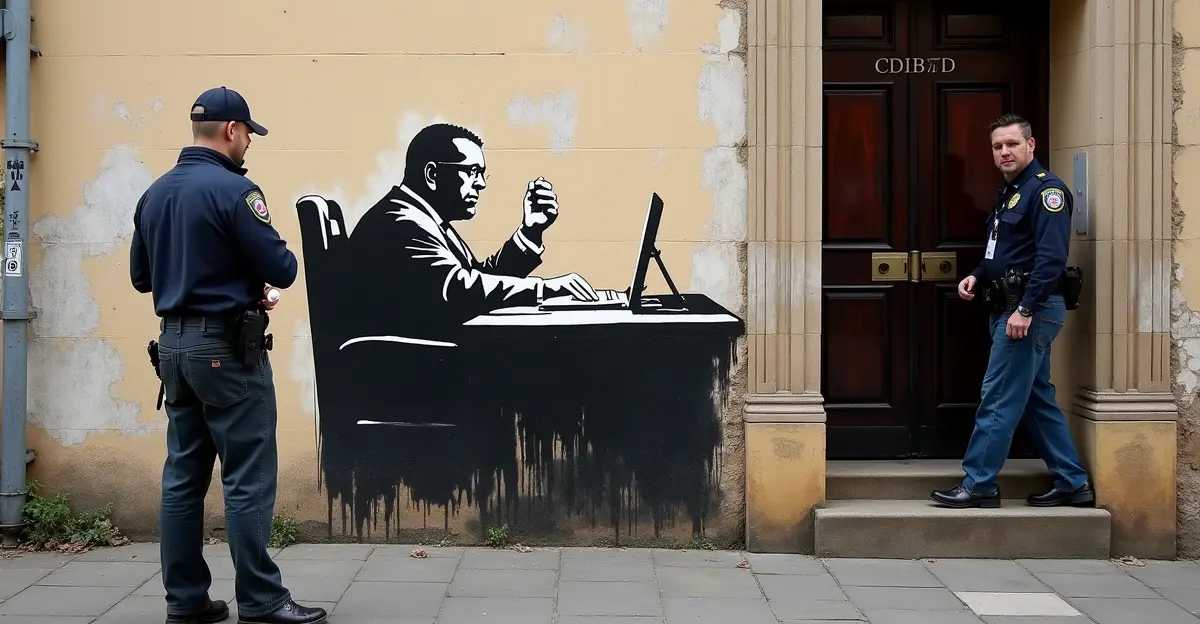Palestinian grassroots movements employ civil resistance strategies known as 'sumud' - steadfast nonviolent opposition to occupation through community organizing, cultural preservation, and protest.
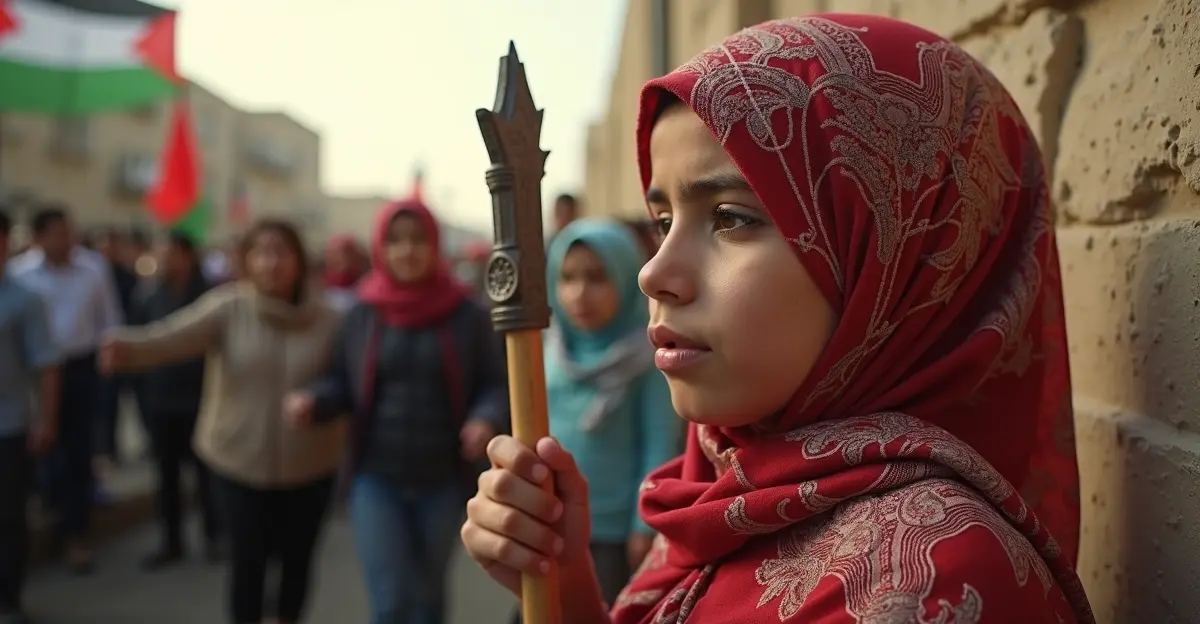
The Power of Sumud: Palestinian Civil Resistance Movement
Across the occupied Palestinian territories, a powerful grassroots movement of civil resistance continues to challenge Israeli occupation through nonviolent means. Known as "sumud" - Arabic for steadfastness - this movement represents a strategic approach that has evolved over decades of struggle.
Two Forms of Resistance
Palestinian activists distinguish between two main forms of sumud. The first, "static sumud," focuses on maintaining Palestinian presence on their land through sheer perseverance. The second, "resistance sumud," involves actively building alternative institutions and engaging in organized nonviolent protest.
"The most important element in the Palestinian program is holding onto the land. Holding onto the land and not warfare alone," explained Yasser Arafat in the mid-1980s, highlighting the strategic importance of civil resistance.
Symbols of Resistance
The olive tree has become the ultimate symbol of sumud, representing Palestinian rootedness in the land. Another powerful icon is the image of pregnant peasant women, representing fertility, continuity, and the future of the Palestinian people.
Grassroots Organizing
The movement began gaining momentum in the early 1980s with the emergence of medical relief committees. Doctors from Jerusalem hospitals volunteered their days off to establish and operate clinics in Palestinian villages, providing essential services while building community resilience.
By 1983, eight such committees were operating throughout the West Bank, eventually uniting to form the Union of Palestinian Medical Relief Committees. This model inspired numerous other grassroots initiatives that continue to operate today.
Contemporary Resistance
In recent years, Palestinian civil resistance has taken many forms including:
- Weekly protests against settlement expansion and land confiscation
- Agricultural resistance through olive tree planting and harvesting
- Cultural preservation and education initiatives
- Legal challenges through Israeli and international courts
- Economic boycotts and alternative economic networks
"We resist by existing, by staying on our land, by continuing our traditions," says Fatima, a community organizer from Bethlehem. "Every olive tree we plant is an act of resistance."
Challenges and International Support
The movement faces significant challenges including military crackdowns, arrests of activists, and restrictions on movement. Despite these obstacles, international solidarity movements have grown, with activists from around the world joining Palestinian-led protests and advocacy efforts.
The concept of sumud continues to evolve, adapting to changing political realities while maintaining its core principle of steadfast nonviolent resistance to occupation.

 Nederlands
Nederlands English
English Français
Français Deutsch
Deutsch Español
Español Português
Português


